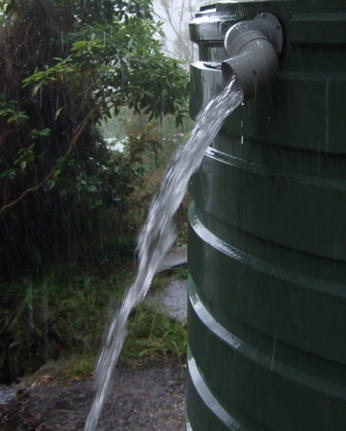
Due to the frequency of water shortages in different parts of the world in recent years, many homeowners today already consider rainwater storage tanks as necessities. For this reason, the purchase of rainwater tanks should be done with ‘the worst’ in mind. In other words, the first tank you purchase should already be of the correct size and capacity.
To ensure that you get a water tank of the correct capacity, here are the things you need to do:
Take note of the available space in your property.
The first thing you have to take into consideration when shopping for a tank is the size of the space where you can have it set up. Remember that tanks vary in capacities; some models are even designed to be capable of storing several thousand litres of rainwater. As such, if you don’t have a lot of space, you’ll have to settle for a slimline tank or one that can be concealed in the basement (bladder tank) or under the deck (under deck water tanks).
Think of how the water should be used.
Next, consider how you will be using the collected rainwater.
If your area gets a lot of rain on the regular, and you have decided to use rainwater in place of mains water, then you need a large enough tank. Otherwise, you cannot carry out daily tasks like the laundry, gardening, and dishwashing.
If collected rainwater is to serve as a backup water source, specify how it should be used. Will it be used for flushing the toilet, or will you use it for gardening? From there, determine how large the tank should be.
How much rainwater can be harvested from the roof?
In general, every square metre of catchment collects a litre of water for each millimetre of rain that falls there. The size of the catchment area, therefore, is another great way to determine how large the tank you’re planning to buy should be.
One big tank or many small tanks?
The last thing to do is to decide if you should use just one big tank or numerous smaller tanks when it comes to collecting rainwater. While a single large tank set up at an end of a structure allows you to save space, your water supply may be at risk if the tank or the entire system is compromised. With smaller tanks, you can collect the same number of litres of rainwater without having to worry much about a broken-down tank. However, you will need to spend a good sum of money to create this kind of rainwater harvesting system.
That either option has its advantage and disadvantage means either option is good.
Once you have made your choice, it’s time to build the system from scratch. First off, the catchment area should not be made of (or coated with) materials unsafe for humans. You will need pipes that channel rainwater from catchment to tank. Filters will need to be installed to ensure the cleanliness of water. Lastly, you will need a pump so collected rainwater can be used for different tasks easily.



Leave A Comment